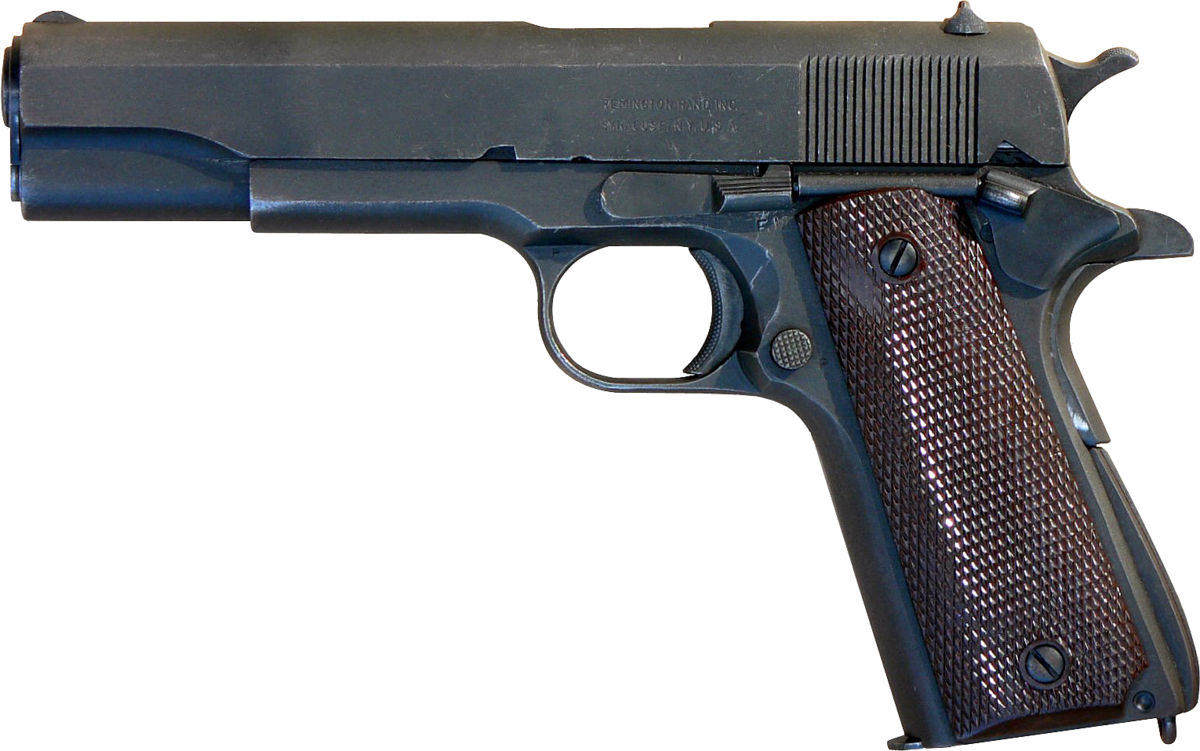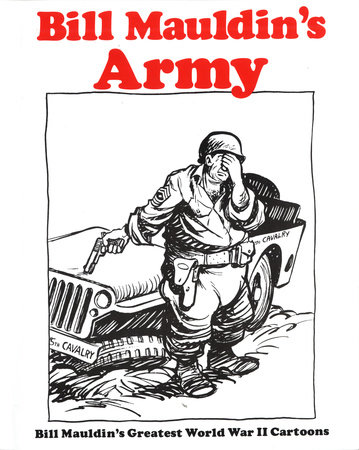His fingers knew it immediately. As a design, the thing was one of many masterpieces that had tumbled from the brain of John M. Browning before World War I, so perfect in conception and execution, such a chord of power and grace and genius of operation that even now, more than a century after its year of adaptation on 1911, it was the standard sidearm of many of the world's elite units. Nothing plastic, nothing sleek and streamlined, with a huge magazine of smaller cartridges, could really replace it for the trained man.
Bob eased back on the slide, finding it smooth, until it locked, exposing through the ejection port the pistol's cockpit. He looked in, and although slick with oil, the pistol showed its perfection in the harmony between barrel and magazine follower and the firing-pin hole in the bolt face with two other nubbins projection slightly, the extractor and the ejector. Amazing that an eighty-year-old spring held so tight and so true, locking the whole gun in powerful tension. He held it close to his eye to behold the workmanship of the old Colt Hartford plant in those days, the precision of the Colt lettering - COLT PTS FA MFG CO/HARTFORD, CT U.S.A. - along with the patent line, and, on the other side, COLT AUTOMATIC/CALIBRE .45, complete down to the old-school spelling. The fit of metal to metal was flawless, all the pieces locked in and held by precision machining, not pins or screws. In fact, the whole mechanism was united in solidity by a single pin that ran from the slide release through the body of the gun, and only by popping it out - it took a touch - could the gun be disassembled. They knew how to build them in those days, when it was the machinist's skill and intuition that made it happen, not some computer algorithm.
Bob shook it, hearing no rattles, signifying that the gun was was tighter by far than most government-issue .45s, which were built loose so that even clogged up with Flander's mud, Iwo's ash, or Da Nang's grit, they'd function long, hard and hot.
G-Man, p.34
Stephen Hunter, 2017
Wouldn't take $10,000 for mine, clearly stamped Property of the U.S. Army. How it got in the bottom of Dad's B-4 bag coming home from Normandy is a family mystery. When in hospital, he had nothing better to do than hone the sere and trigger with an Arkansas stone and fine oil. Says he took it apart and put it together a dozen times before getting it right. The trigger is like breaking a glass rod. Gave it to me for my seventh birthday. Not to say that it could not be slightly improved upon; I mounted larger sights and a beaver tail safety grip but keeping the originals in case any WWII museum might wish it back in the original. One of the very first weapons into Normandy. Still has the tooth marks on the slide from the French farmer who refused him and his men a drink of cider from his farm. Must have put over 10,000 rounds through it in Hawaii, Texas and New Hampshire.
Larry

